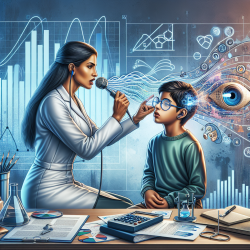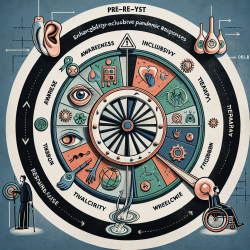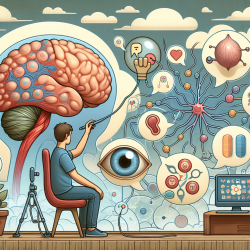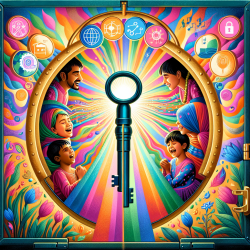Developmental dyslexia affects nearly 10% of school-aged children, presenting a significant challenge in educational settings. Recent research, such as the study titled "Developmental Dyslexia and Vision" by Quercia, Feiss, and Michel (2013), offers valuable insights that can help practitioners enhance their skills and provide better outcomes for children with dyslexia.
Understanding the Visual Component of Dyslexia
The study highlights the critical role of visual anomalies in dyslexia, including eye movement anomalies and deficits in perceiving low contrast, low spatial frequency, and high temporal frequency visual information. Dyslexic individuals often exhibit increased fixation times and more frequent regressive saccades, indicating difficulties in visual decoding.
Implementing Research Findings in Practice
Practitioners can leverage these findings to refine their diagnostic and therapeutic approaches. Here are some actionable steps:
- Comprehensive Visual Assessments: Incorporate detailed ophthalmological exams, including cycloplegia, to detect masked hyperopia and other refractive disorders that may exacerbate reading difficulties.
- Oculomotor Rehabilitation: Address convergence insufficiency through targeted exercises, which can improve reading comfort and efficiency, though not necessarily decoding skills.
- Monocular Occlusion: Utilize monocular occlusion strategies during reading tasks to stabilize binocular control and enhance reading abilities.
- Enhanced Text Presentation: Modify text presentation by increasing letter spacing, which has been shown to significantly improve reading speed in dyslexic children.
Encouraging Further Research
While current findings are promising, the heterogeneity of dyslexia suggests that ongoing research is crucial. Practitioners are encouraged to stay updated with the latest studies and consider participating in research initiatives to contribute to the evolving understanding of dyslexia.
To read the original research paper, please follow this link: Developmental dyslexia and vision.










